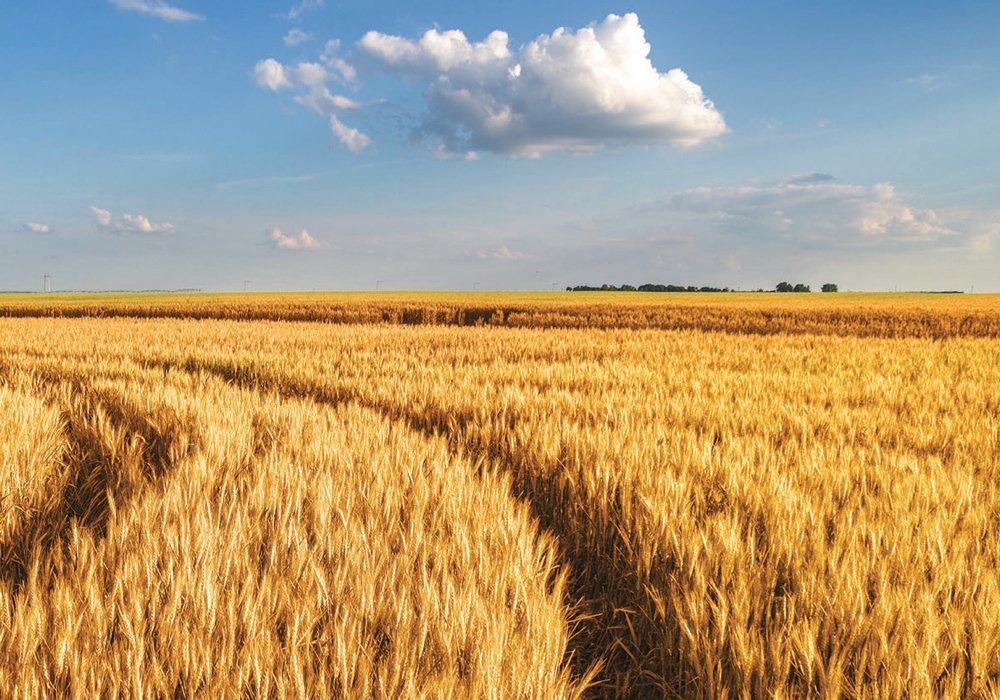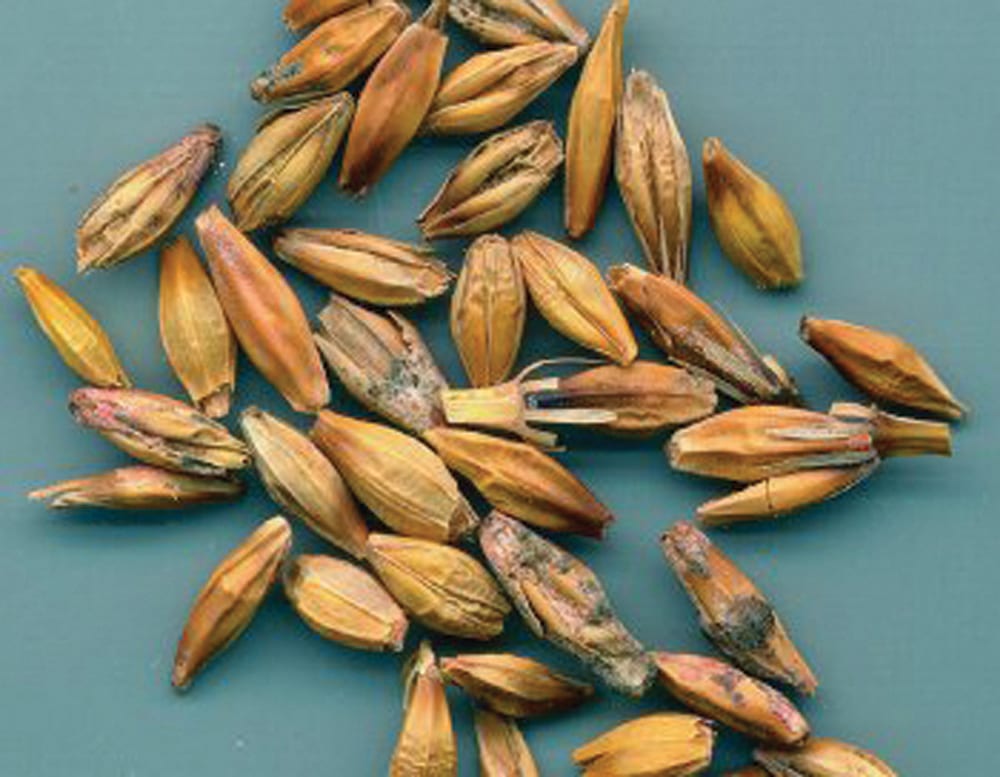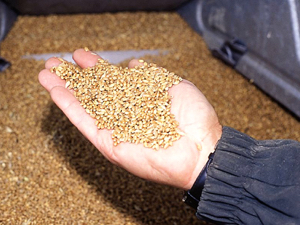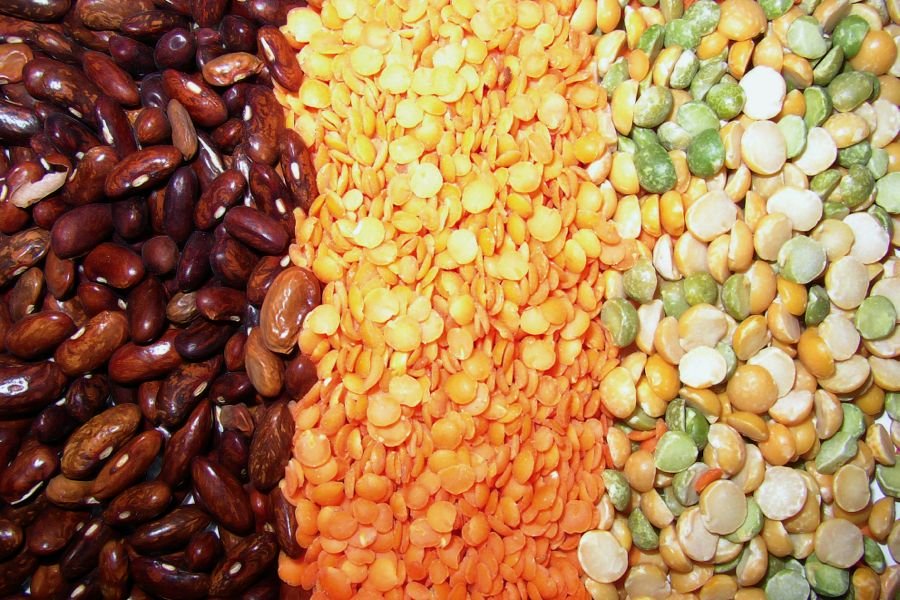Know how to recognize these three top seedling diseases in your cereal crop

Seedling diseases can weaken cereals, leaving plants susceptible to other stresses, Brittney Kroeker told attendees at Bayer’s SeedGrowth Solutions Expo in Saskatoon this spring. Kroeker went through some of the top seedling diseases in cereals. Here are her tips for identifying three seedling disease in cereals.
1. Common root rot

Fusarium and C. sativus are the two main pathogens that affect cereal seedlings in the field, said Kroeker. C. sativus is the main pathogen behind common root rot, she added. A common root rot symptom is browning in the plant’s sub-crown.
“You can see C. Sativus occasionally, in real, real severe circumstances, come up above (the soil surface), with just a little bit of browning. But a lot of it’s happening under the soil as common root rot.”
Farmers and agronomists are unlikely to find big patches of plants affected by common root rot, Kroeker said. She recommended counting plant stands and digging plants to look for the disease.
2. Fusarium

Like common root rot, fusarium tends to appear sporadically in the field, Kroeker said. She recommends the same scouting practices for both fusarium and common root rot.
Farmers and agronomists will likely see some browning at the bottom of the plant with fusarium. Pink on seeds and seedlings is another sign of fusarium. However, Kroeker said that pink discolouration doesn’t always show up in cereals in the field.
Like common root rot, much of the discolouration is below the soil surface, but it can travel above the surface as well, Kroeker added.
3. Browning root rot

Pythium is the main culprit in browning root rot. It favours low-lying areas. Unlike fusarium or common root rot, browning root rot appears in patches, Kroeker said. Plants may appear small and yellow. Other signs include pinched- off roots early in the infection, as well as shrunken roots.



















